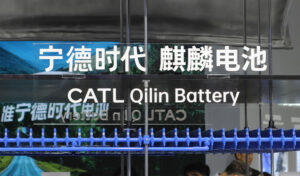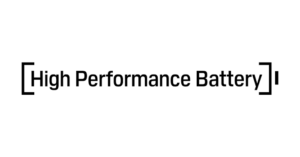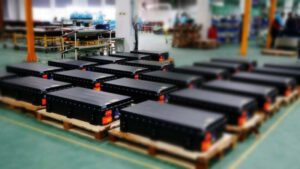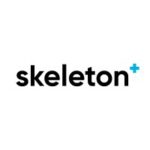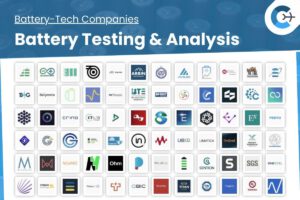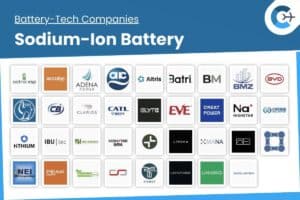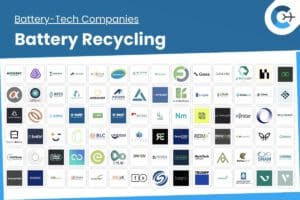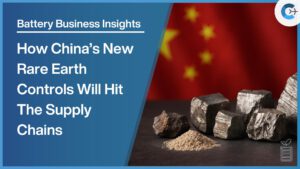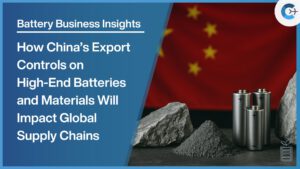Korean energy storage system (ESS) battery manufacturers are set to gain from the ongoing trade tensions between the United States and China. The North American ESS battery market is expected to grow significantly, increasing from 97 gigawatt-hours (GWh) this year to 179 GWh by 2030. This growth is partly driven by recent U.S. tariff policies that have substantially raised tariffs on Chinese goods.
The U.S. government has increased the tariffs on Chinese products from an initial 34% to a total of 104%, adding an extra 21 percentage points. This escalation poses significant challenges for Chinese battery manufacturers, who have a strong presence in the North American ESS market. The impact of these tariffs was a key topic at the “8th Next Generation Battery Conference (NGBS 2025)” held on April 10 in Seoul.
Oh Ik-hwan, Vice President of SNE Research, highlighted the potential for Korean companies to capitalize on this shift. He stated, “If the supply of Chinese batteries, which currently dominate the US ESS market, is blocked due to tariffs in China, it will be an opportunitiy for Korean companies.”
Chinese firms such as CATL, BYD, and EVE currently lead the North American ESS market with their cost-effective lithium iron phosphate (LFP) batteries. Last year, Chinese manufacturers supplied approximately 87% of the 78 GWh of ESS batteries demanded in North America. However, the new tariffs challenge this dominance, opening the door for Korean manufacturers like LG Energy Solution, Samsung SDI, and SK Innovation to expand their market share.
Korean companies may also benefit from producing batteries within North America to circumvent tariffs and utilize incentives provided by the Inflation Reduction Act, such as the Advanced Manufacturing Production Credit. This strategic approach could help Korean firms meet the rising demand and fill the gap left by Chinese manufacturers.
Oh further advised that battery companies should consider retrofitting existing production lines or establishing new factories in the U.S. Additionally, adopting prismatic LFP technology could align Korean companies with global market trends. Korean cathode material producers are also encouraged to synchronize their production plans with these strategies to maximize opportunities.
The evolving regulatory landscape and the emphasis on local manufacturing present significant growth prospects for Korean ESS battery makers. By leveraging these developments, Korean companies are well-positioned to enhance their presence in the expanding North American ESS market.
Source: Business Korea



